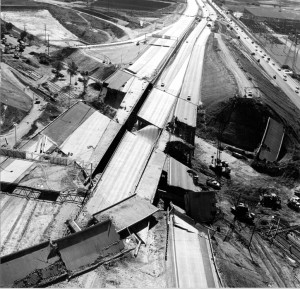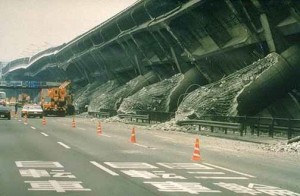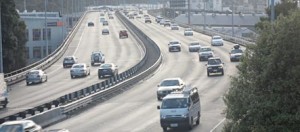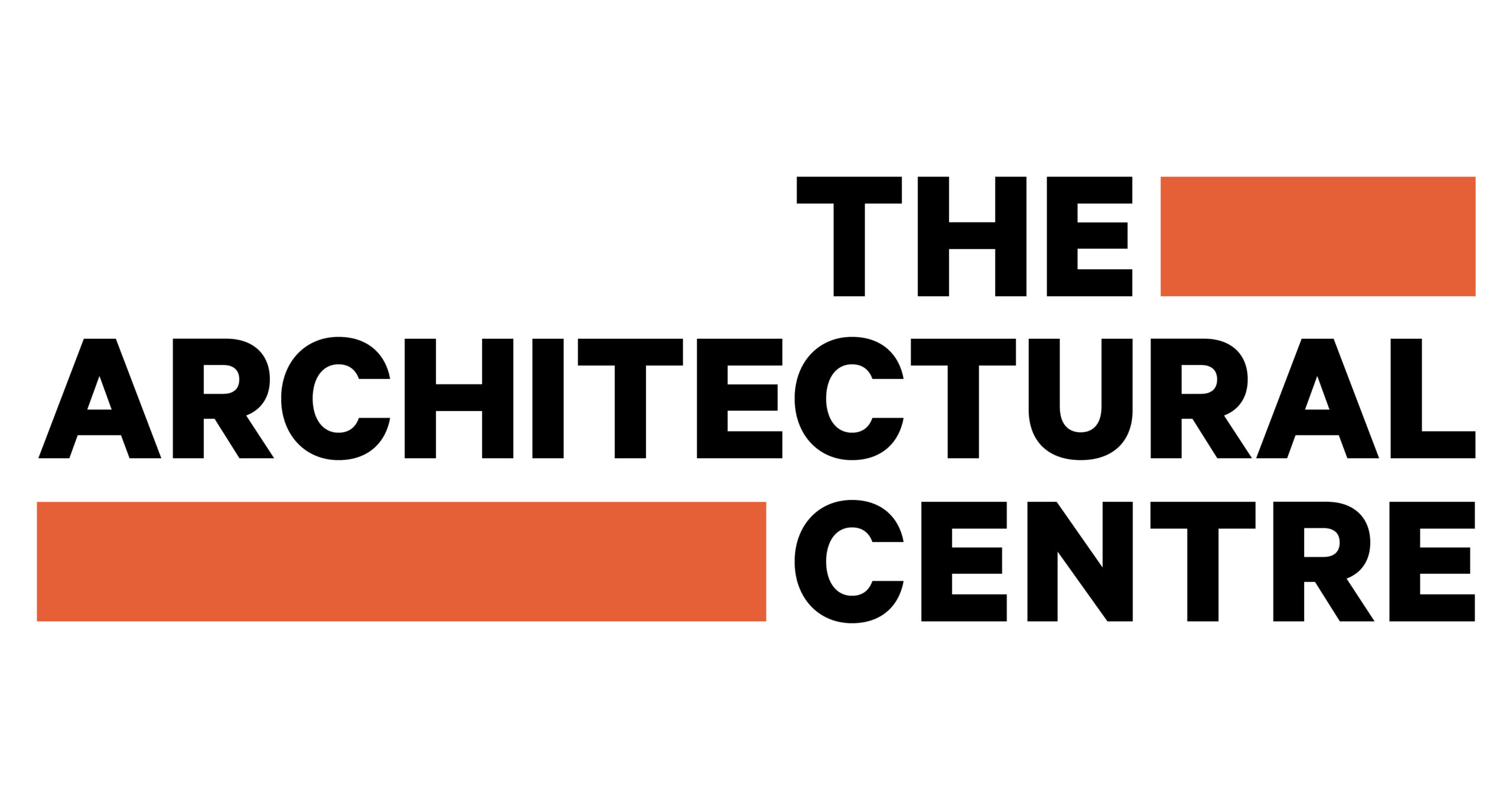I love a beautiful and well considered bridge!

Indeed, the designers amongst us imagine them as streamlined and un-cluttered, perhaps with translucent edge zones, no barriers or signs, no streetlights, slender support structures that simply branch out of the ground… They are perhaps so ‘light’ they hardly cast a shadow so that the ground under can sustain luxuriant gardens.

Unfortunately, a few things can go wrong with overpasses (or tunnels for that point)…


We’re lucky we have great engineers who have learned a thing or two from these epic fails, but history tells us that the next earthquake will teach future engineers new lessons
And then positioning is yet another issue (placement at the end of a key vista is a topic for another discussion).


Lucky they can be useful in times of disaster as they were in New Orleans.


Perhaps if we look for simple examples closer to home we can begin to see how they may actually look in reality with: their signage, fringed in razor wire; high crash control barriers; lampposts and ground underneath that is so dry and dark it can barely sustain any life as we know it.


If an overpass is the right answer for us we need to stop fooling around with idealized imagery and design to consider the [safety] ‘improvements’ that litter our highways.
The NZTA team has some great designers amongst them but are they being used to tell a misleading story? There’s a growing opinion that suggests this might be the case..
You decide!

Leave a Reply